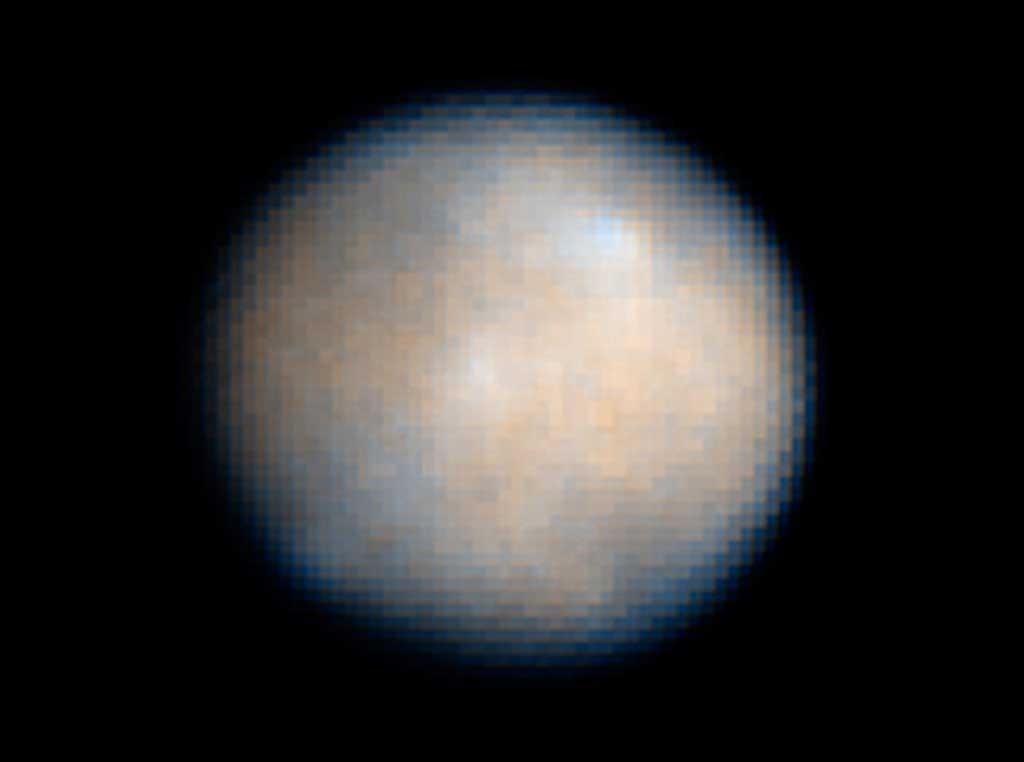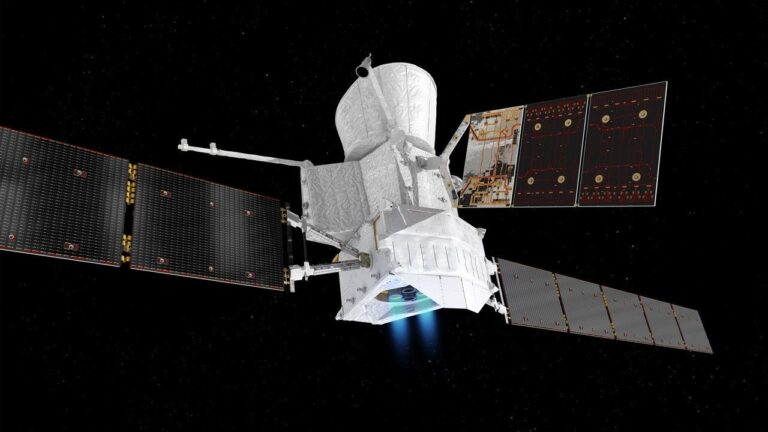Key Takeaways:
“Ceres’ bright spot can now be seen to have a companion of lesser brightness but apparently in the same basin. This may be pointing to a volcano-like origin of the spots, but we will have to wait for better resolution before we can make such geologic interpretations,” said Chris Russell from the Dawn mission, based at the University of California, Los Angeles.
Using its ion propulsion system, Dawn will enter orbit around Ceres on March 6. As scientists receive better and better views of the dwarf planet over the next 16 months, they hope to gain a deeper understanding of its origin and evolution by studying its surface. The intriguing bright spots and other interesting features of this captivating world will come into sharper focus.
“The brightest spot continues to be too small to resolve with our camera, but despite its size, it is brighter than anything else on Ceres. This is truly unexpected and still a mystery to us,” said Andreas Nathues from the Max Planck Institute for Solar System Research in Gottingen, Germany.
Dawn visited the giant asteroid Vesta from 2011 to 2012, delivering more than 30,000 images of the body along with many other measurements and providing insights about its composition and geological history. Vesta has an average diameter of 326 miles (525km), while Ceres has an average diameter of 590 miles (950km). Vesta and Ceres are the two most massive bodies in the asteroid belt, located between Mars and Jupiter.










